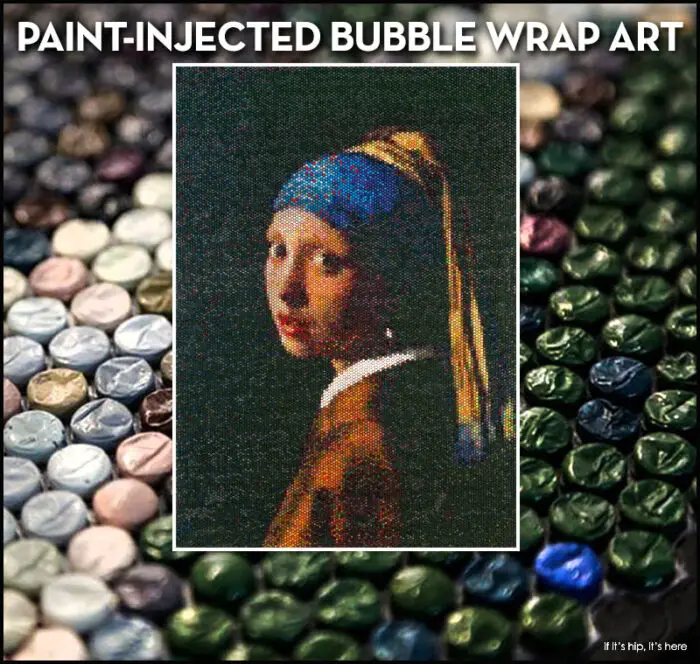Classic paintings by Masters such as Georges Seurat, Edgar Degas, Henri Matisse, Grant Wood, Vermeer, Monet and Leonardo da Vinci have been reinterpreted by Canadian artist Bradley Hart in two different styles using complicated processes. First he recreates the famous artwork by injecting the bubbles in bubble wrap with various colored paint-filled syringes. This is the “Injection” phase. This process causes excess paint to drip down the backside which he removes to reveal yet another interpretation of the piece, “Impression.” Both versions (Injection and Impression) have an interesting aesthetic appeal.
Paint-Injected Bubble Wrap Art
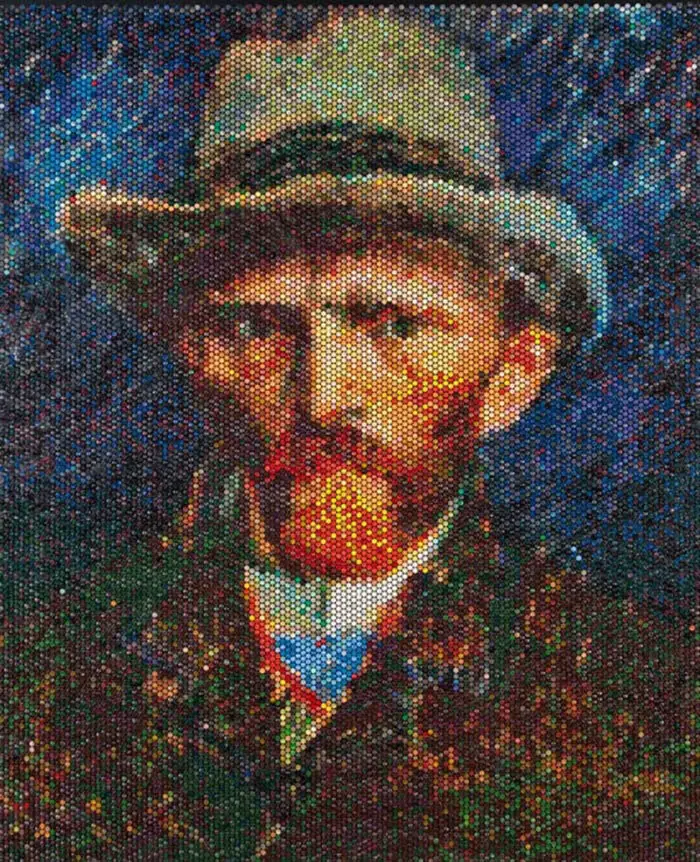
At first glance the large scale works appear as an interesting take on pointillism. Upon closer inspection, one can see that the ‘dots’ are actually the bubbles in a sheet of plastic bubble-wrap, each injected with a different color of paint. That in itself, is already amazing to me.
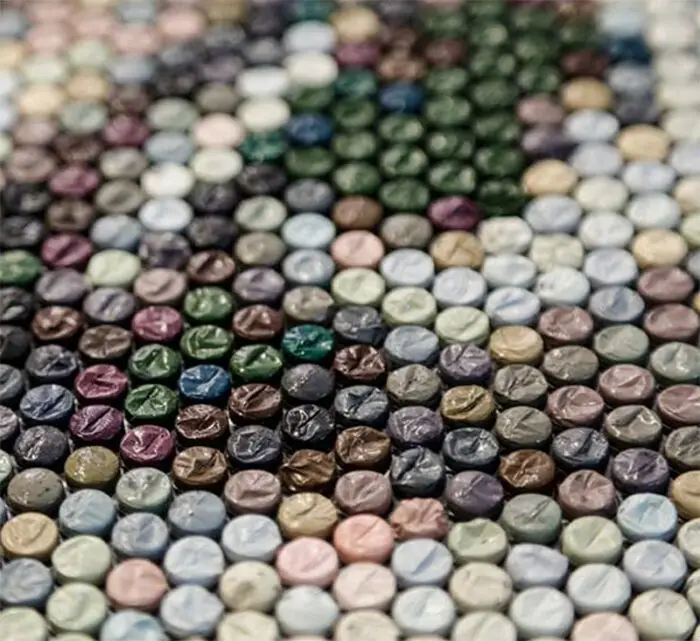
To create the Bubble Wrap pieces Bradley injects each bubble individually with acrylic paint, acutely aware of the exchange between paint and the air inside as one of those two elements displaces the other.
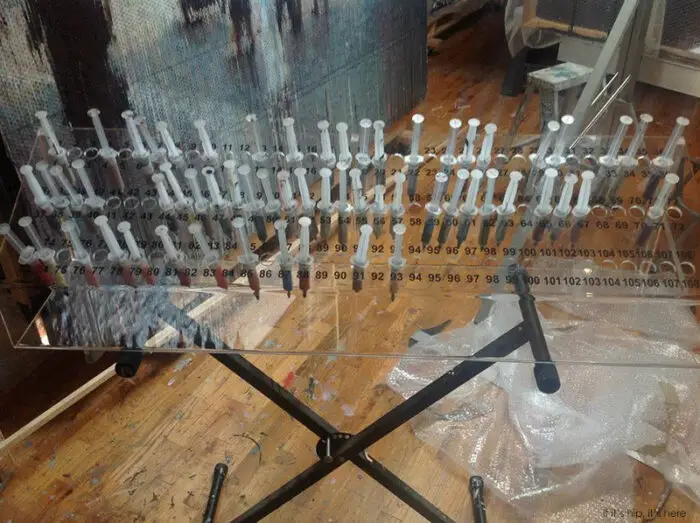
As the paint is injected into a bubble the excess drips down the back of the piece. Upon completion of the injected work, the drippings are removed surgically from the backside of the plastic to reveal an impression of the work — a derivative work with its own meaning and story.
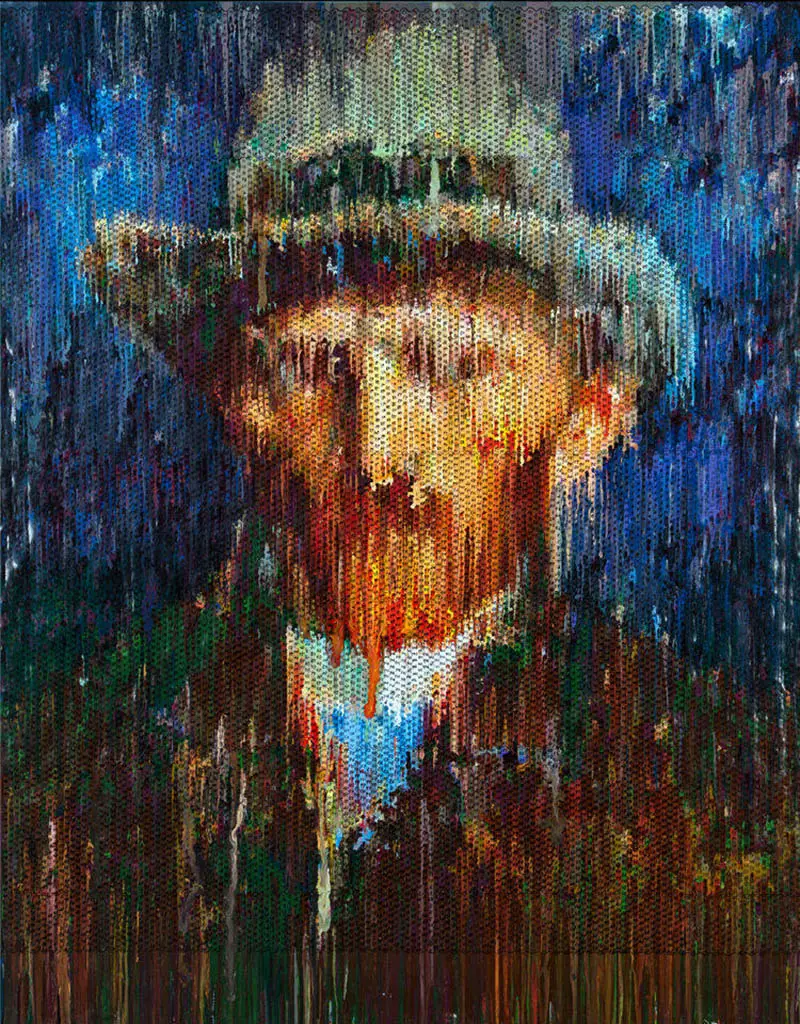
Viewed together, the pieces each seem to engage the other and the viewer becomes an observer of a relationship created between the two.
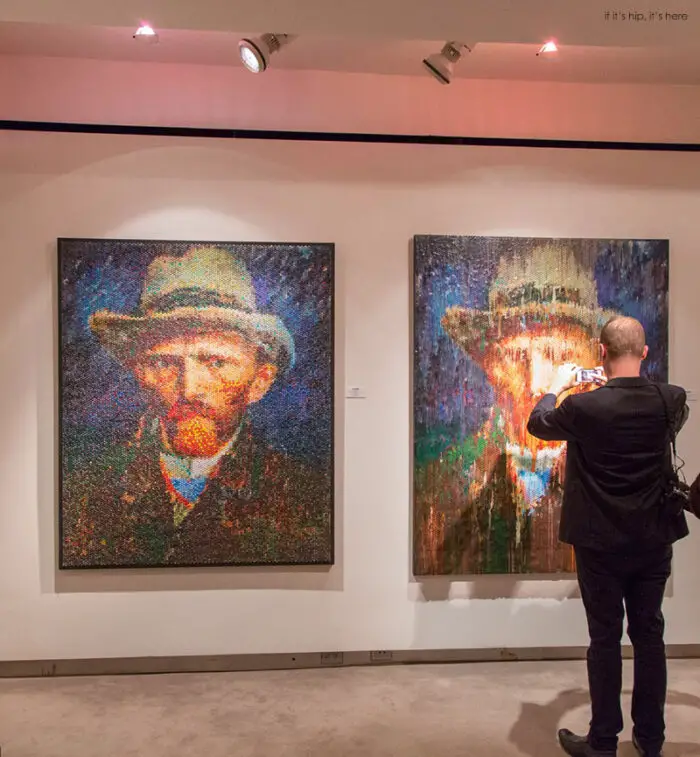
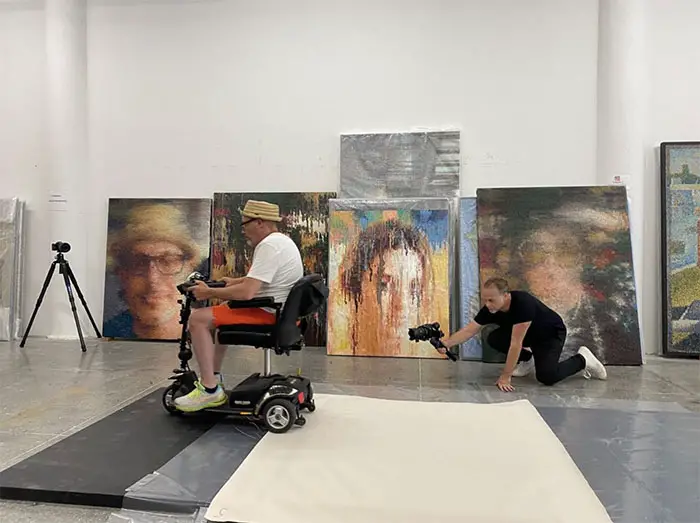
Leonardo da Vinci’s Mona Lisa Interpreted, Injection, 2014:
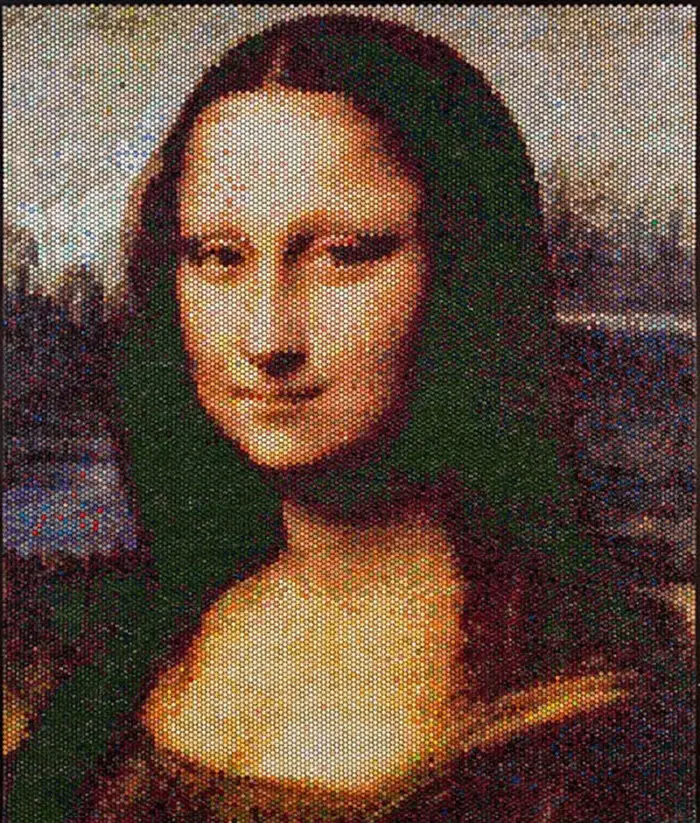
Mona Lisa Interpreted, Impression, 2014:
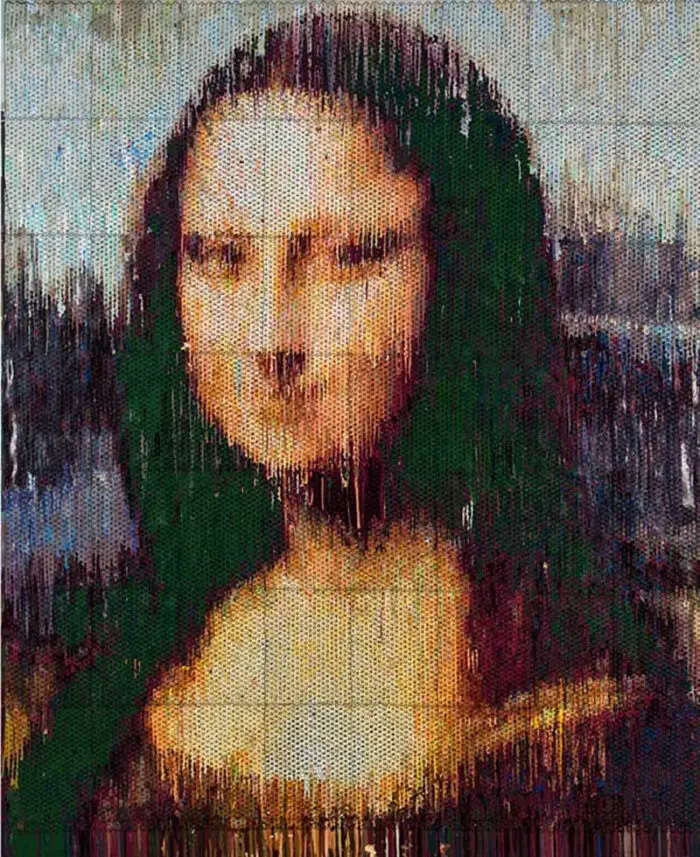
Woods’ American Gothic Interpreted, Injection, 2014:
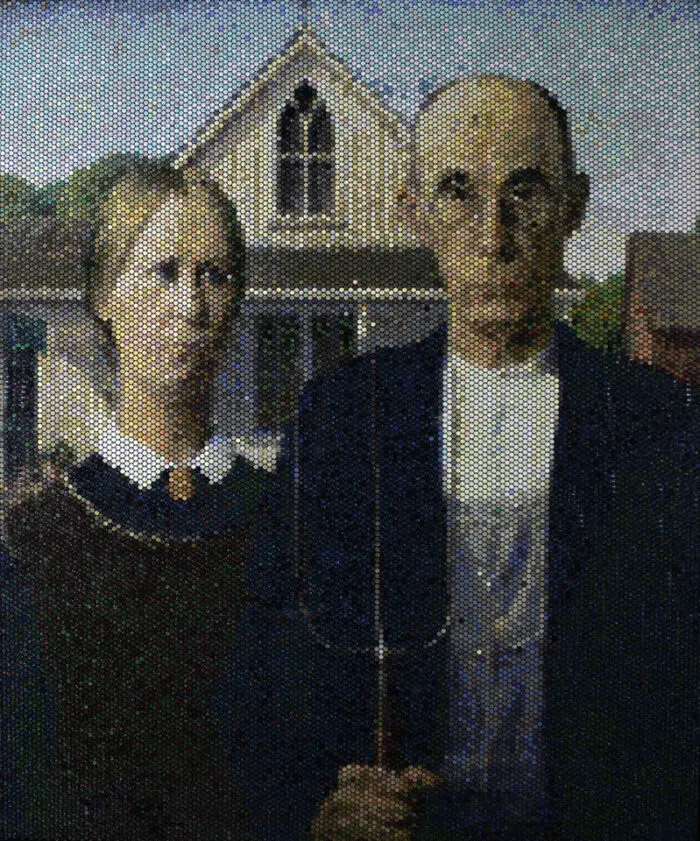
American Gothic Interpreted, Impression, 2014:
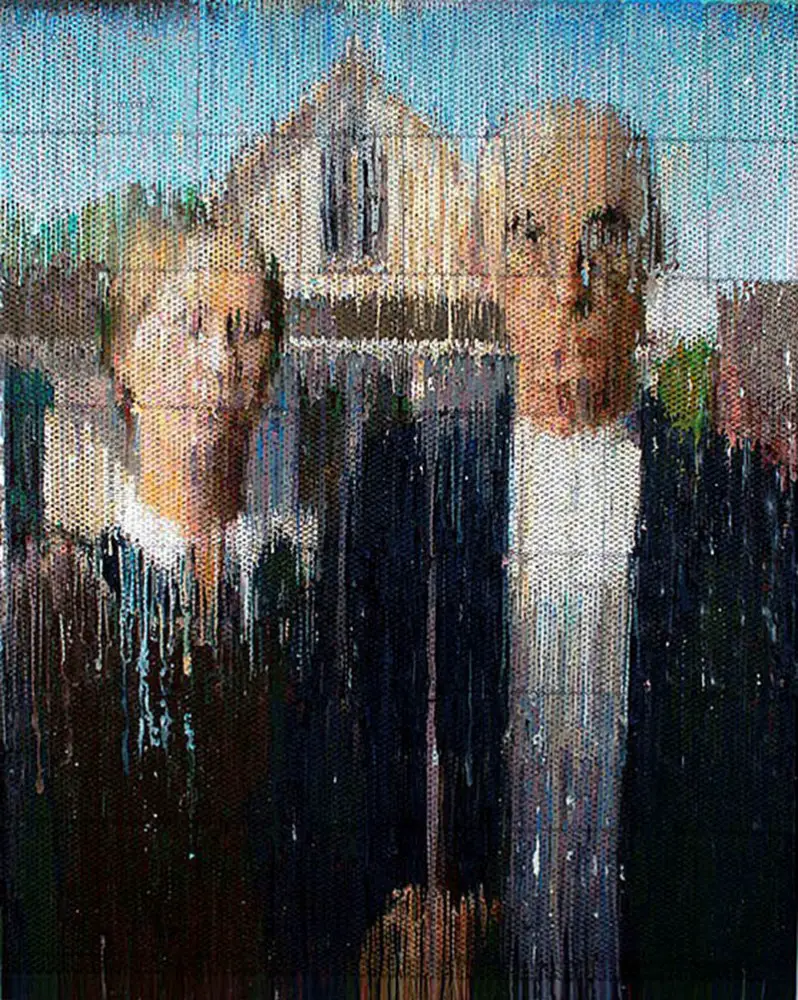
Monet’s Water Lilies Interpreted, Injection, 2014:
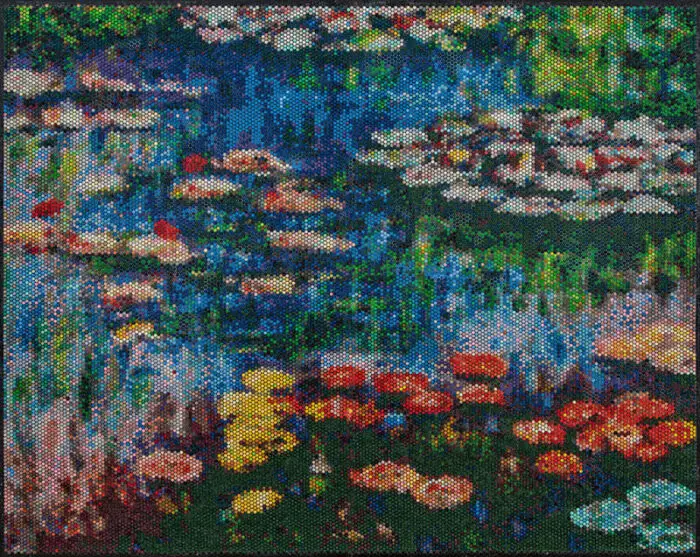
Water Lilies Interpreted, Impression, 2014:
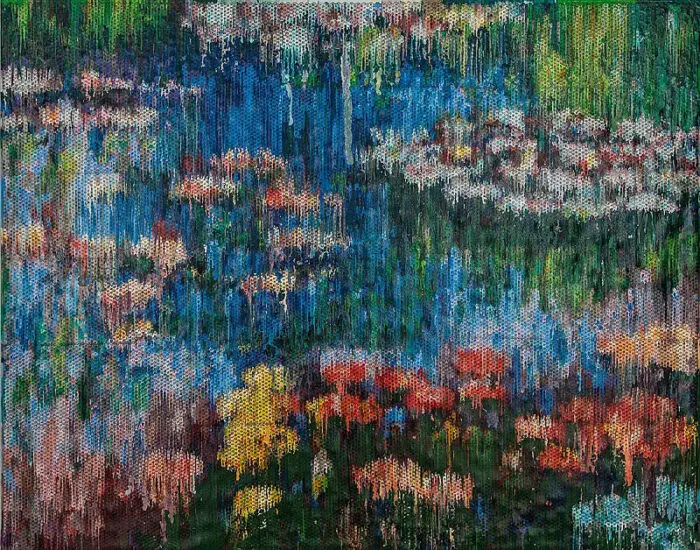
Matisse’s Odalisque Interpreted, Injection, 2014:
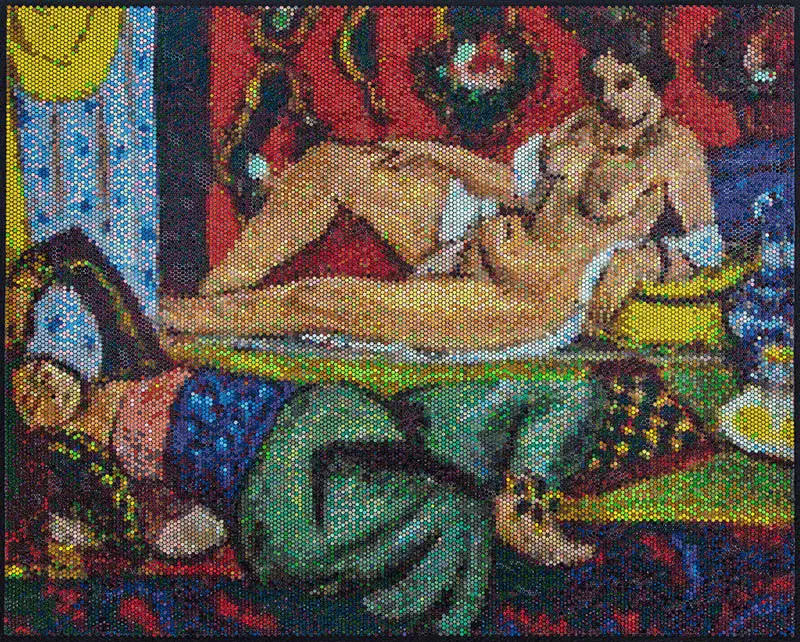
Odalisque Interpreted, Impression, 2014:
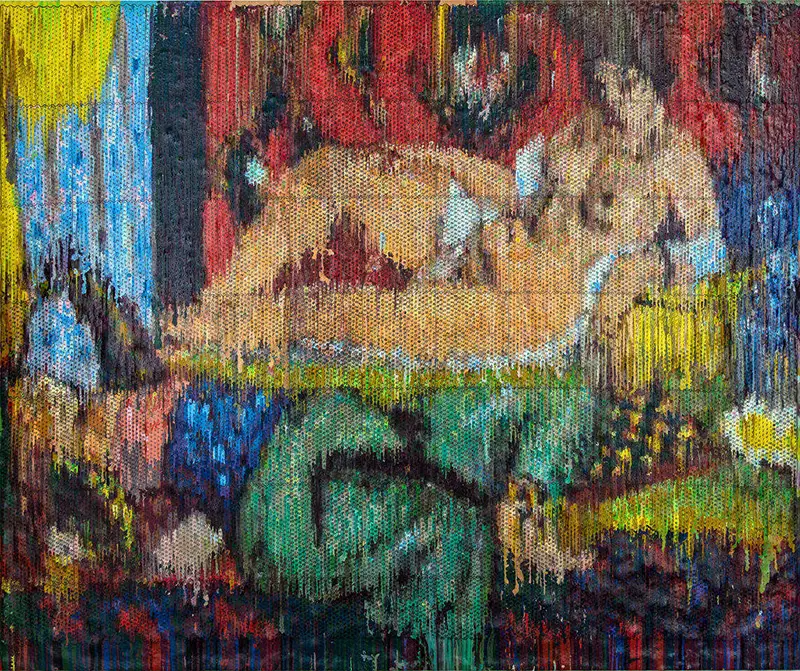
Pieter Claesz’ Still Life with a Skull and Writing Quill Interpreted, Injection, 2014:
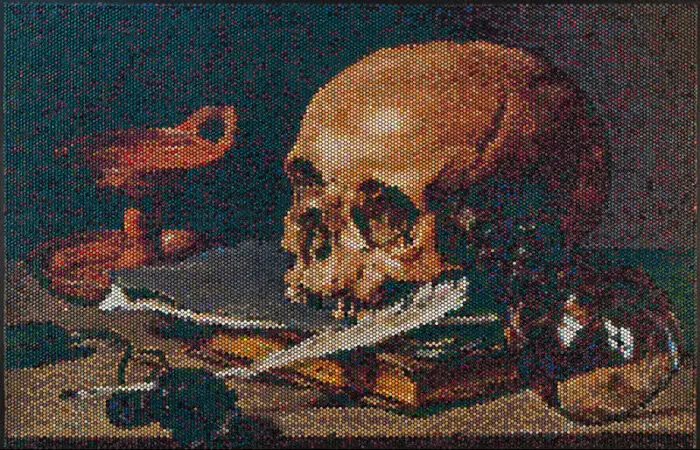
Still Life with a Skull and Writing Quill Interpreted, Impression, 2014:
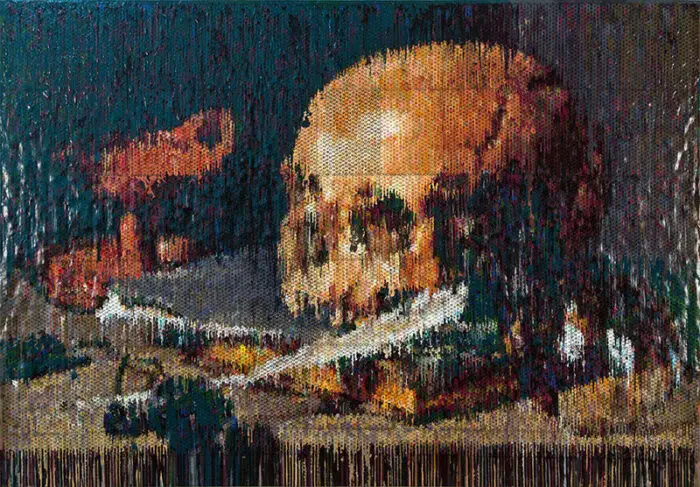
Degas’ Girl Combing Her Hair Interpreted, Injection, 2014:
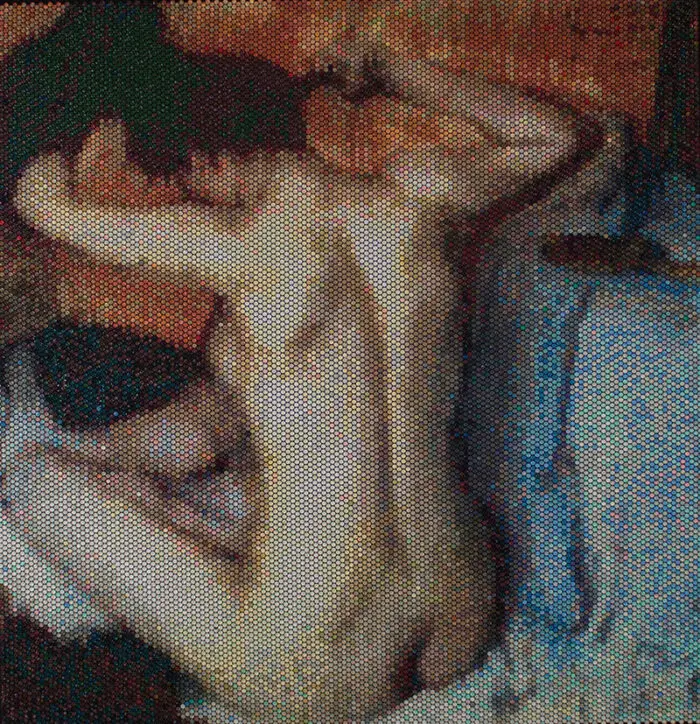
Girl Combing Her Hair Interpreted, Impression, 2014:
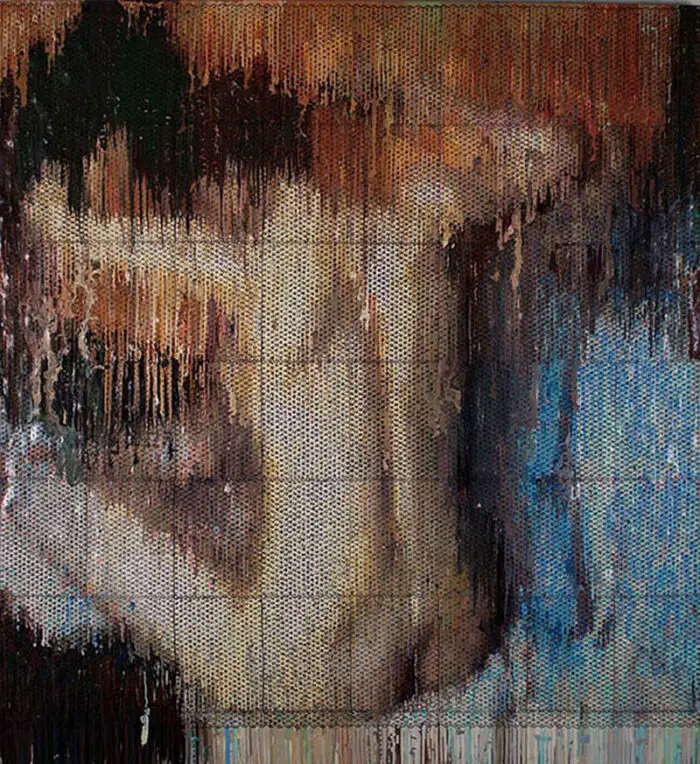
Vermeer’s Girl with a Pearl Earring Interpreted, Injection, 2014:
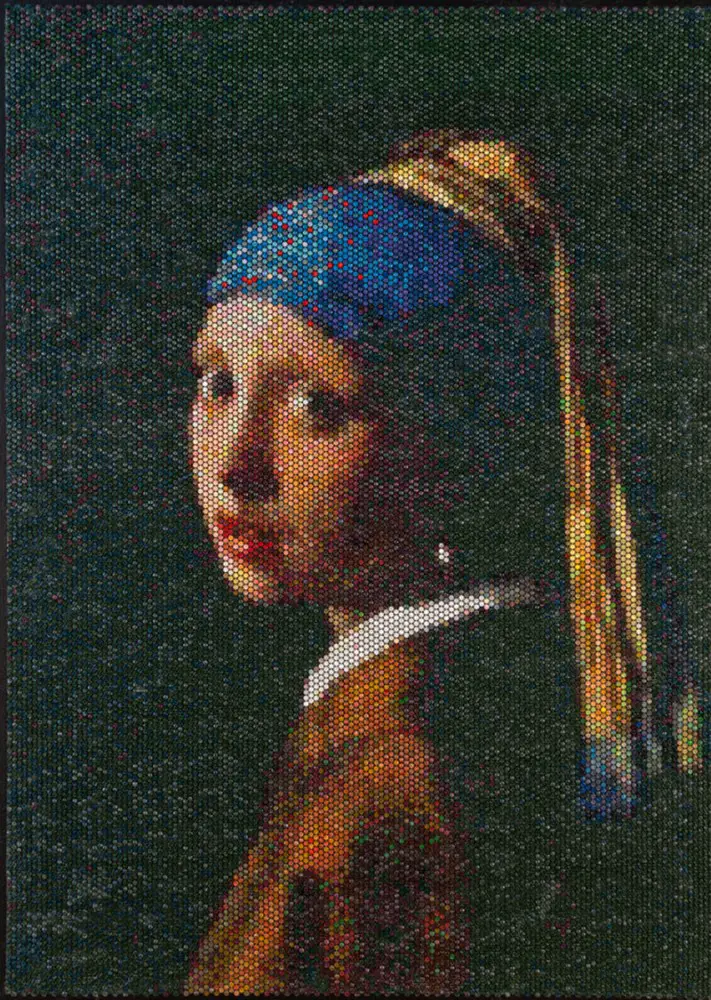
Girl with a Pearl Earring Interpreted, Impression, 2014:
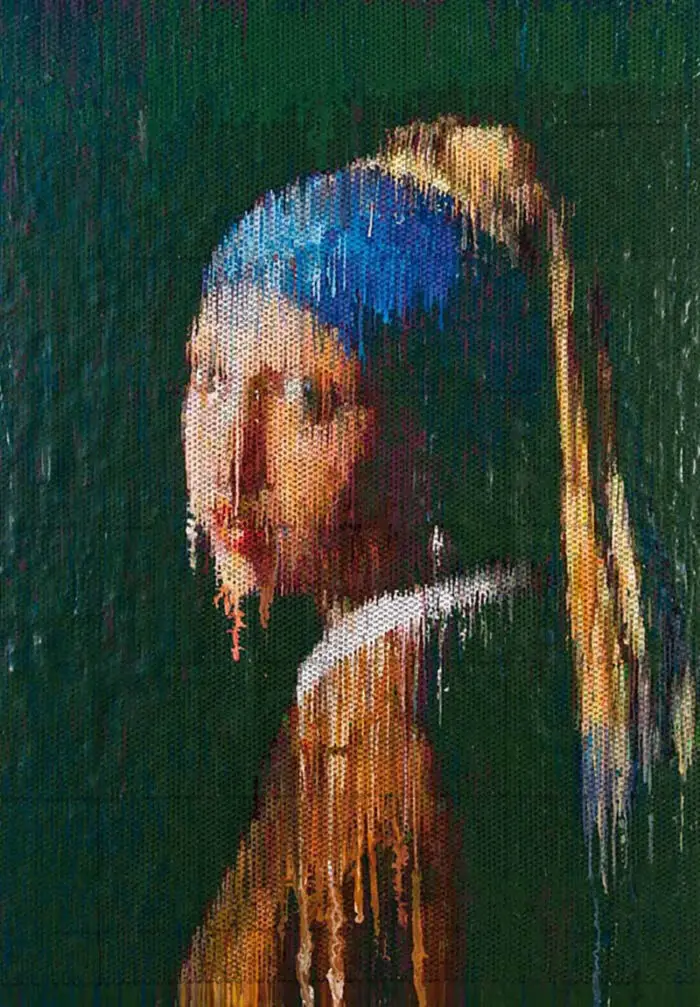
Seurat’s Bathers at Asnieres, Interpreted, Injection, 2013:
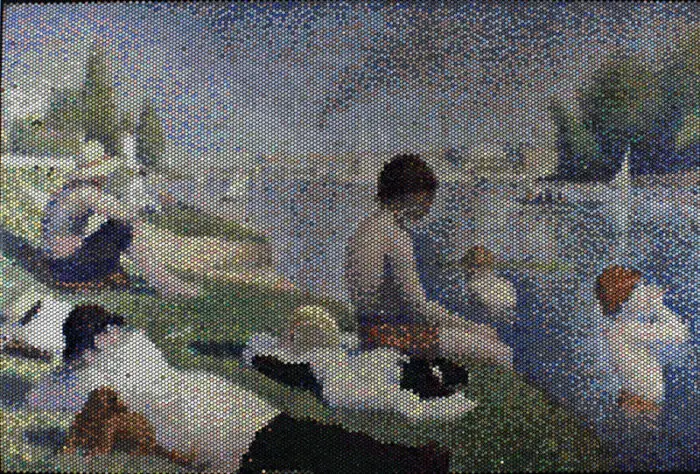
Bathers at Asnieres, Interpreted, Impression, 2013:
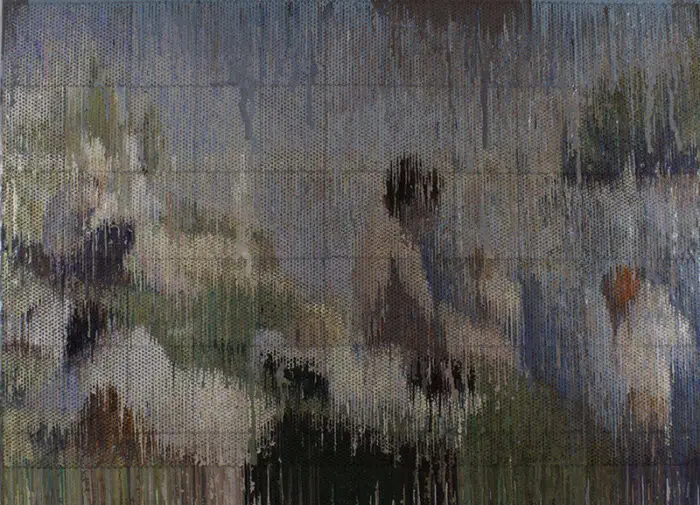
The pieces shown above are from The Masters Interpreted: Injections & Impressions by Bradley Hart [NY Project 3W57] which was exhibited at the Cavalier Gallery in May of this year. The photos below are from the opening of that show.
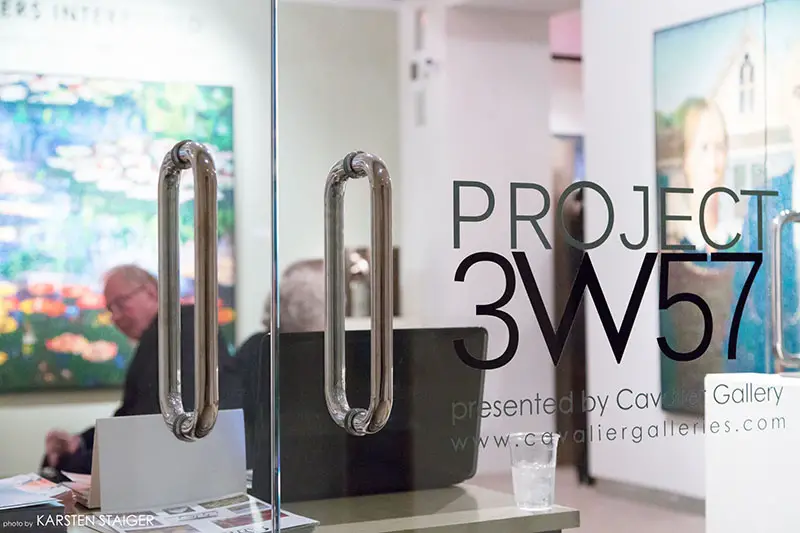
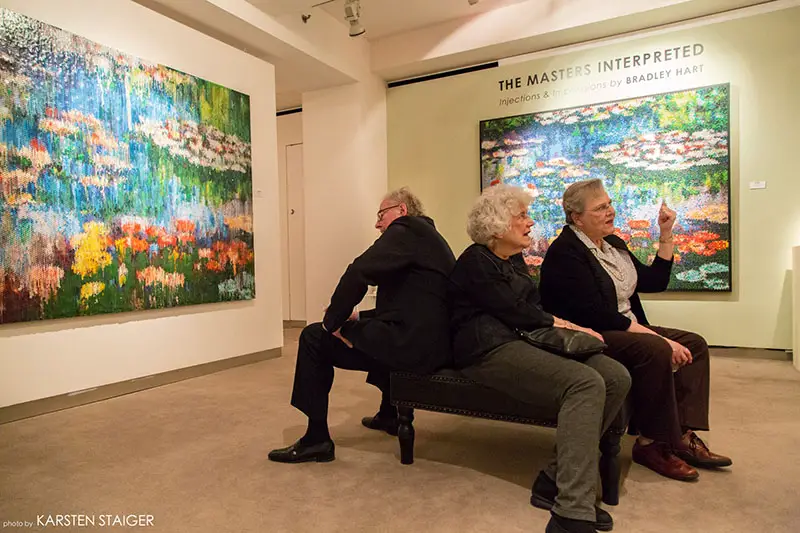
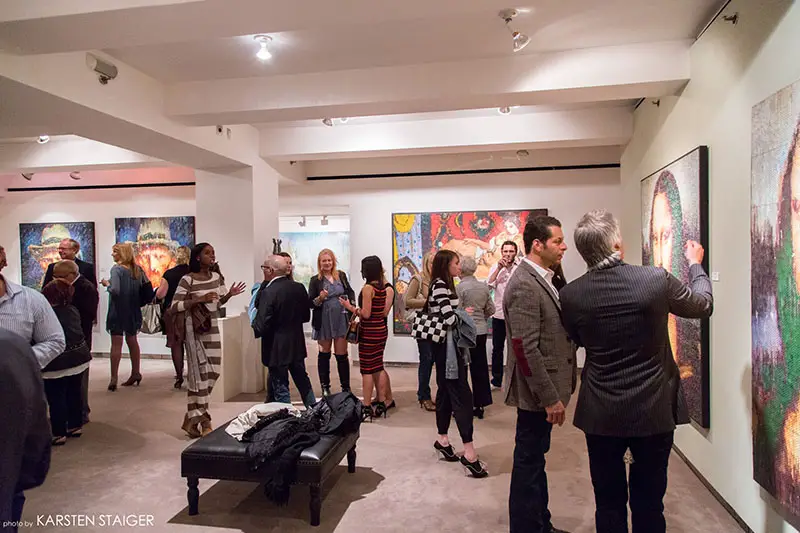
At every level of his studio practice, Bradley recycles as a function of his work. The syringes, the dried paint in the mixing jar, collected drips of paint on the bubble wrap and the drop sheet are all recycled and reused. His derivative works in themselves are a re-purpose of the waste.
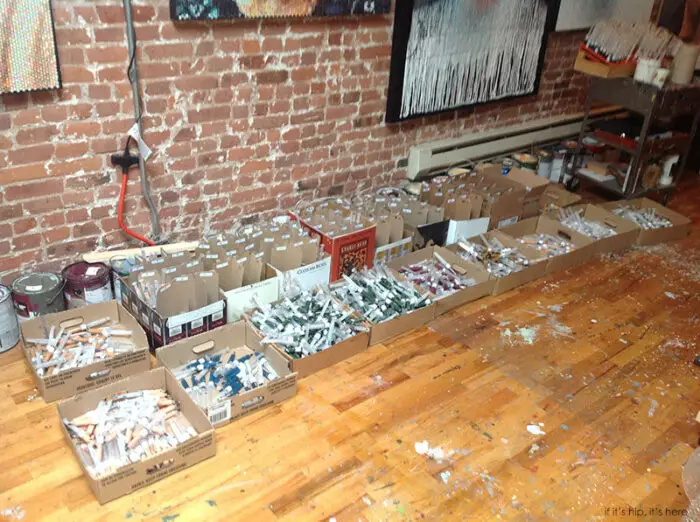
Bubble Wrap represents the plastic nature of our society. 99% of everything we use is made out of plastic, a substance derived from crude oil. Most consumer goods are molded plastic and made through mass manufacturing. The injection process for Hart’s work is complex and time consuming, which highlights the irony of applying such delicate physical artistry to a mass-produced material and the indestructible nature of plastic versus the fragility of bubble wrap.
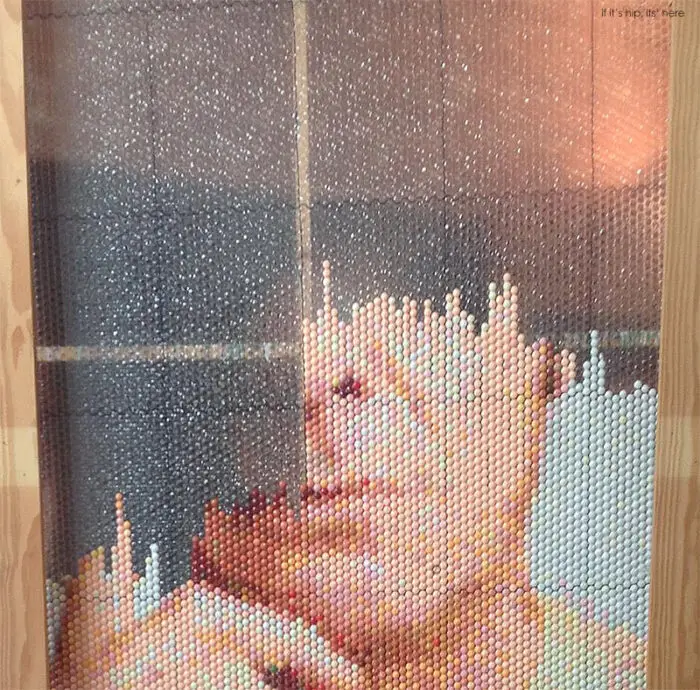
Bradley says “The idea of using bubble wrap came from a few experiences where overzealous museum security guards instructed patrons not to touch works of art and a left over roll of bubble from wrapping my first solo show in NYC. After researching the material, I found that bubble wrap was originally invented in 1957 as a modern form of wall covering; an experiment or product that failed. My first piece in the series (not shown) “ Fulfilling My Creator’s Intended Purpose” is bubble wrap stretched over a stretcher and signed, paying homage to its original use and at the same time flipping its usage as protective covering for art into art itself.”
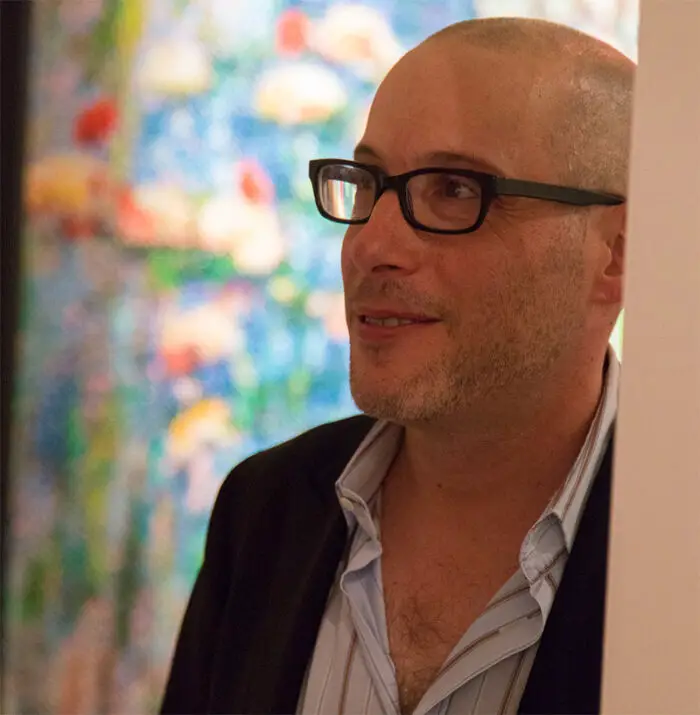
The artist continues on to say “The bare bubbles in the bubble wrap reference dots or pixels, echoing various movements in art history and other media, including pointillism, screen-printing, TVs and LCD monitors. In today’s world people do not print their pictures for an album. Their albums are on Facebook, Flickr and Instagram, all exotic rote, yet combinations of 1’s and 0’s. The process of injecting paint into bubble wrap directly references pixilation (and those 1’s and 0’s) and at the same time harkens back to the time of family portrait painting, when a family’s personal “photo” album consisted of paintings hanging on its walls.”
by Deborah Zafman Ph.D explains “Hart’s work uses paint yet he’s not a painter. He injects it, peels it and assembles it, but he never actually paints. Although on a material level paint is his medium most of the time, his conceptual methods are as much his medium as the paint object. Hart may be best understood as a conceptual materialist as distinct from how conceptual artists tend to lack concern with the formal aspects of an art object. Anyone seeing Hart’s work would no doubt consider them paintings. But in reality, they are something entirely different, something deeper and more difficult to define. The originality of the object stems from the method which brought the visual objects into being. This is not to suggest that the aesthetic and formal qualities of his output are not able to stand on their own. It would not be difficult to simply appreciate Hart’s art objects for what they are, i.e. on a formal level, without any knowledge of how they were made. But since the method is as rich as the works themselves, it merits description and provides a deeper understanding of his visual art.”
images in this post courtesy of the artist and Cavalier Gallery Extreme close-ups taken by photographer Karsten Staiger
